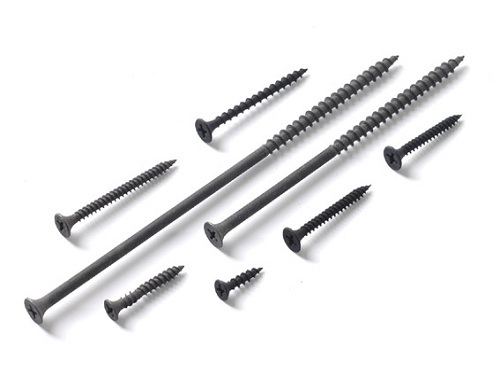Black phosphorus comes, is graphene afraid?

Introduction: As a miracle material, graphene is known as the future of electronic products. But now one of its “relativesâ€â€”black phosphorus—has a low-cost manufacturing process and is expected to replace graphene and become the next new material gold mine.
As a miracle material, graphene is known as the future of electronic products. But now one of its “relativesâ€â€”black phosphorus—has a low-cost manufacturing process and is expected to replace graphene and become the next new material gold mine.
Phosphorus is the fifteenth element of the periodic table, and its compounds usually have chemiluminescent properties, or produce a majority of athermal light through chemical reactions.
Black phosphorus, which has been difficult to produce but has application prospects in the field of nanoelectronics, is very similar to the two-dimensional (single atom thick) magic material, graphene. As with graphene, black phosphorus also has insurmountable difficulties in its preparation. It has a multi-layered structure, and in order to obtain the desired two-dimensional sheet, these layers need to be separated by layers by a peeling process.
According to foreign media reports, materialists at Trinity College Dublin have recently solved this problem. They found that by immersing the black phosphor in the solution and then bombing it with sound waves instead of peeling off layers, the same effect can be achieved and the whole process is easier and cheaper. As a result, the layered structure was loosely separated to obtain a black phosphor layer having only a few atomic thicknesses.
So far, the singular world of two-dimensional materials has been dominated by graphene. When graphene is reduced to a certain thickness, its conductivity will reach an extreme degree, stronger than Kevlar (known as the strongest material on the earth), promising. As a filter row absorbs hydrogen fuel from the air.
At present, there are more than 7,000 patents for the application of graphene alone, and most of them are owned by technology giants Apple and Sony. Graphene can be said to be new silicon, but it is not the only material with this property.
Black phosphorus has a band gap, and graphene is a so-called zero-gap semiconductor. Black phosphorus, as a tunable semiconductor, may have more applications in electronic devices: transistors, sensors, solar cells, switches, battery electrodes, and the like. Some of these applications have been tested and the results are very good. Like graphene, black phosphorus is not easily produced in large quantities.
The researchers said that although black phosphorus nanosheets have been mass-produced through liquid stripping, this method still has problems, mainly because the black phosphor nanosheets are unstable and react with water or oxygen. Must be through an effective way, liquid environment stable stripping nano-sheets to prevent oxidation. N-cyclohexyl-2-pyrrolidone has been experimentally confirmed to be the solution the researchers are looking for. N-cyclohexyl-2-pyrrolidone has been widely used in the field of electronics manufacturing.
Black phosphorus is indeed black, unlike its allotropic counterparts, but its dispersion effect on light is indeed very good, even better than graphene. Because of this, it is very suitable for application in the field of optoelectronics. The new star material is shining.
WE DRILL MORE WITH LESS .
• Our bits reduced the drilling cost
• Both improved directional capability
• Quickly response to application changes
• Provide specific bit designs and customized designs .
• Optimized designs for mud motor and RSS applications
PDC Bits
PDC Bits,Fixed Cutter Bits, PDC Drilling Bits, PDC Drill Bits
CANGZHOU GREAT DRILL BITS CO., LTD , https://www.pdcbits.nl